Football is a game of strategy, skill, and teamwork. One important aspect of the game is punting. Punting is a play in which the ball is kicked downfield to the opposing team, usually on the final down, with the aim of giving the receiving team a less advantageous position when possession changes. In this comprehensive guide, we will explore the intricacies of punting in football, including its purpose, techniques, and the role it plays in the game.
Punting is a fundamental aspect of football, particularly in American and Canadian football. It is a play used by the offensive team when they are unable to convert on third or fourth down and want to change field position. The punter is responsible for executing the punt, which involves kicking the ball as far downfield as possible before it hits the ground. The primary goal of punting is to give the opposing team a disadvantageous field position, making it more difficult for them to score.
The Role of the Punter
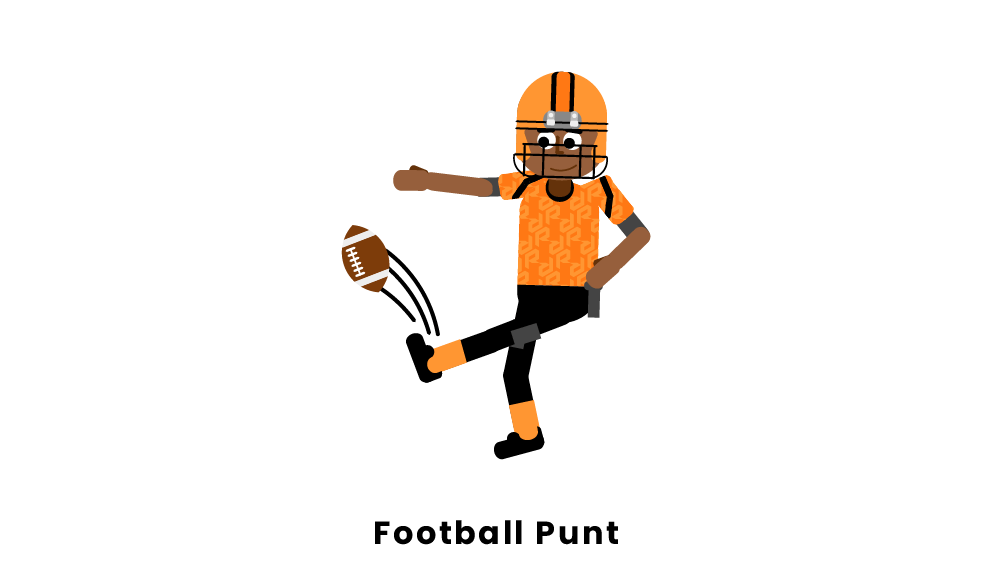
The punter is a specialized position in football. Their main responsibility is to execute punts and help their team gain field position. A good punter possesses several key skills, including accuracy, leg strength, coordination, flexibility, and creativity. They must be able to kick the ball with precision and generate sufficient hang time to allow the punt coverage players to reach the returner.
Additionally, many punters also serve as the holder for field goal and extra point attempts.
How to Execute a Punt
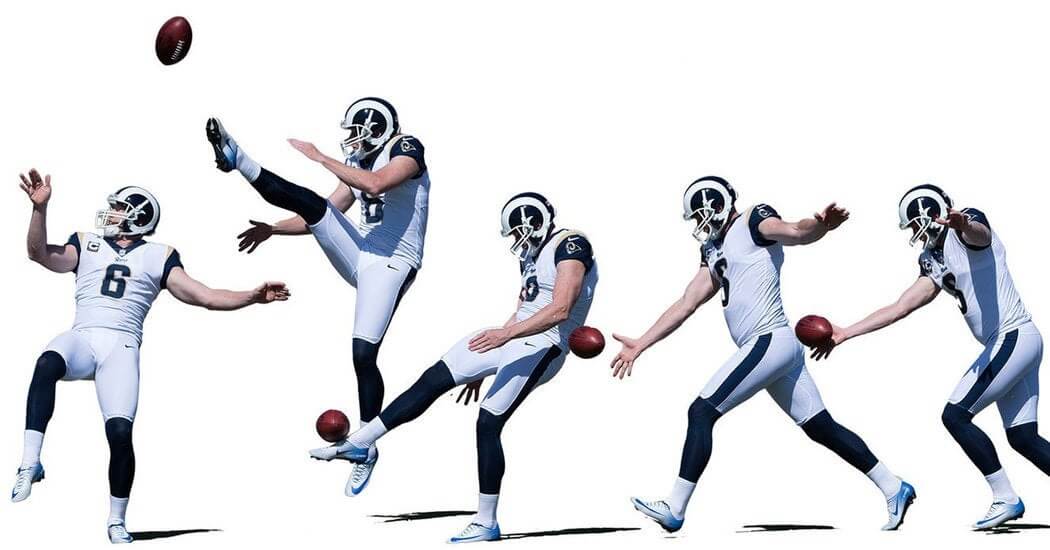
Executing a punt requires proper technique and practice.
Here is a step-by-step guide on how to punt a football:
- Hold the ball in front of you with your dominant hand, laces pointing up.
- Take two steps forward, starting with your kicking foot, to build momentum.
- Drop the ball parallel to the ground and kick your foot straight up, making contact with the top of your foot.
- Follow through with your kicking motion, kicking your leg as high as possible to maximize distance and height.
- Maintain balance and plant your foot back on the ground after the kick.
It is essential to warm up and stretch before punting to avoid muscle strains or injuries. Practice is crucial to perfecting the technique and achieving consistent results.
Different Types of Punts
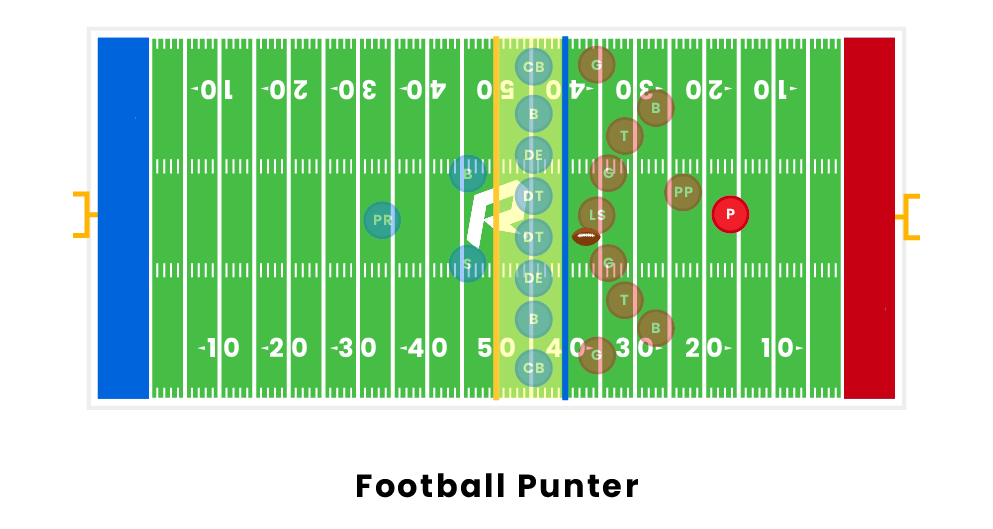
Punters have developed various techniques to achieve specific outcomes on their punts.
Here are some of the different types of punts commonly used in football:
- Traditional Punt: This is the most common type of punt, where the goal is to kick the ball as far and as high as possible to limit the returner’s opportunities.
- Rugby Punt: The rugby punt involves the punter running toward the line of scrimmage before kicking the ball. This technique allows for greater accuracy and the option to fake the punt and pass the ball.
- Pooch Punt: A pooch punt aims to pin the opposing team deep in their territory by kicking a shorter, high-arcing punt that lands inside the 20-yard line.
Punters often utilize these different techniques based on the game situation and strategic objectives.
Punting Strategy
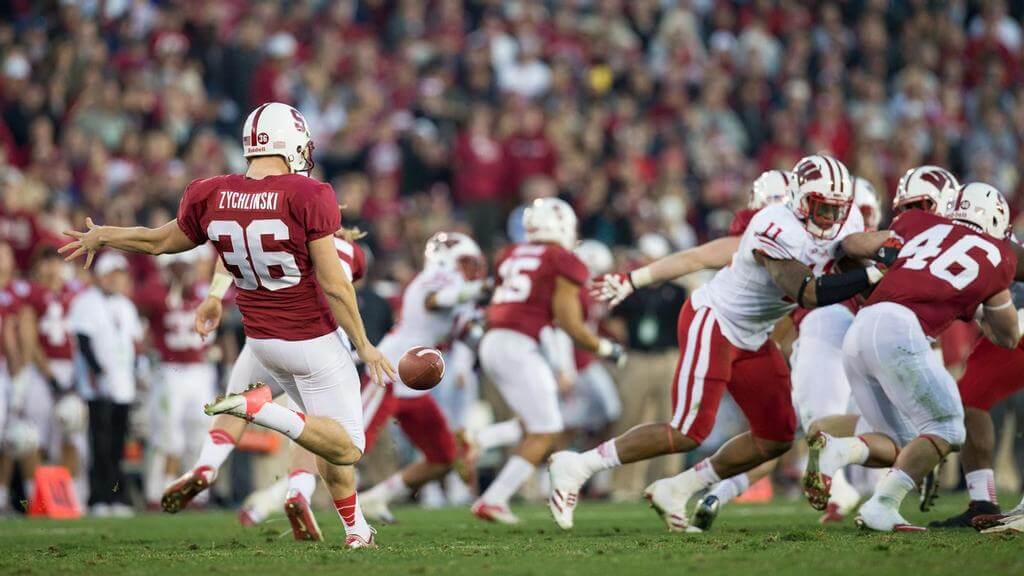
Punting is not just about kicking the ball downfield; it involves strategic decision-making. Coaches and punters must consider several factors when deciding whether or not to punt. These factors include field position, time remaining in the game, score differentials, weather conditions, and the strength of the punter and coverage team. Punting strategy can vary depending on the team’s overall game plan and the opponent’s strengths and weaknesses.
In addition to deciding when to punt, punters must also consider where to punt the ball. Punting out of bounds or angling the punt toward the sideline can limit the returner’s options and force the opposing team to start their offensive drive further away from the end zone.
The Impact of Field Position
Field position plays a crucial role in football, and punting is a key factor in determining field position. The team that starts its offensive drive closer to the opponent’s end zone has a better chance of scoring points. A well-executed punt can flip the field position and force the opposing team to drive a longer distance to score. Conversely, a poorly executed punt can give the opposing team a shorter field, increasing their chances of scoring.
Field position also affects the decisions made by coaches and players. For example, a team may choose to punt on fourth down instead of attempting a field goal if they are in a position where a field goal is unlikely but the punt can pin the opposing team deep in their territory. Punting can be a strategic tool to control the game’s momentum and maximize scoring opportunities.
Famous Punters in Football History
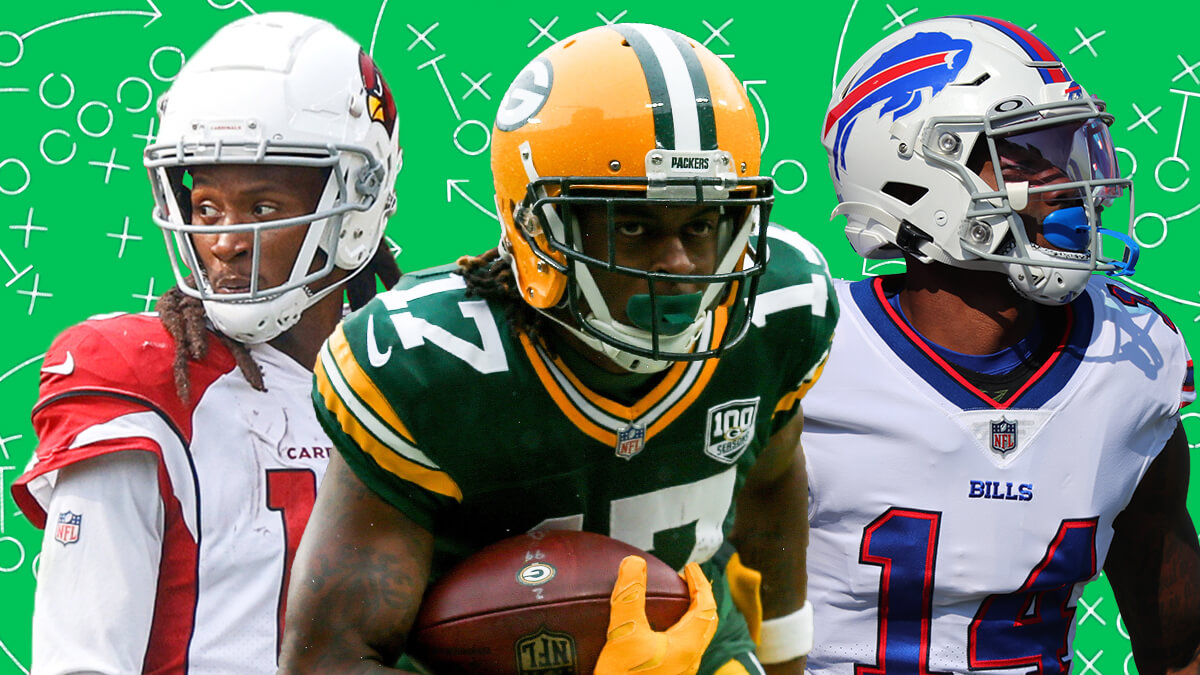
Throughout football history, several punters have made a significant impact on the game. These players have showcased their skills, set records, and influenced the way punting is executed.
Some notable punters include:
- Shane Lechler: Lechler played for the Oakland Raiders and Houston Texans and holds the NFL record for the highest average yards per punt at 47.6.
- Ray Guy: Guy, known as one of the greatest punters of all time, played for the Oakland Raiders and was the first punter to be inducted into the Pro Football Hall of Fame.
- Bradbury Robinson: Robinson is recognized as football’s first triple threat man and was a pioneer in punting techniques.
These players have left a lasting legacy in the world of punting and have set the bar high for future generations.
Punting in Different Football Codes
Punting plays a role in various football codes, including American football, Canadian football, and Australian rules football. While the basic concept of punting remains the same, there are some variations in rules and techniques across these codes.
In American and Canadian football, punts are primarily used to change field position and give the receiving team a less advantageous starting point. The punter’s technique and the strategies employed may differ slightly between these two codes.
In Australian rules football, the term “punt” refers to a different type of kick. In this code, a punt is a precise kick downfield, usually aimed at a teammate on the same team. Australian rules football incorporates a variety of kicks, including the drop punt, torpedo punt, and snap punt, which require different techniques and offer unique advantages in different game situations.
Common Punting Mistakes to Avoid
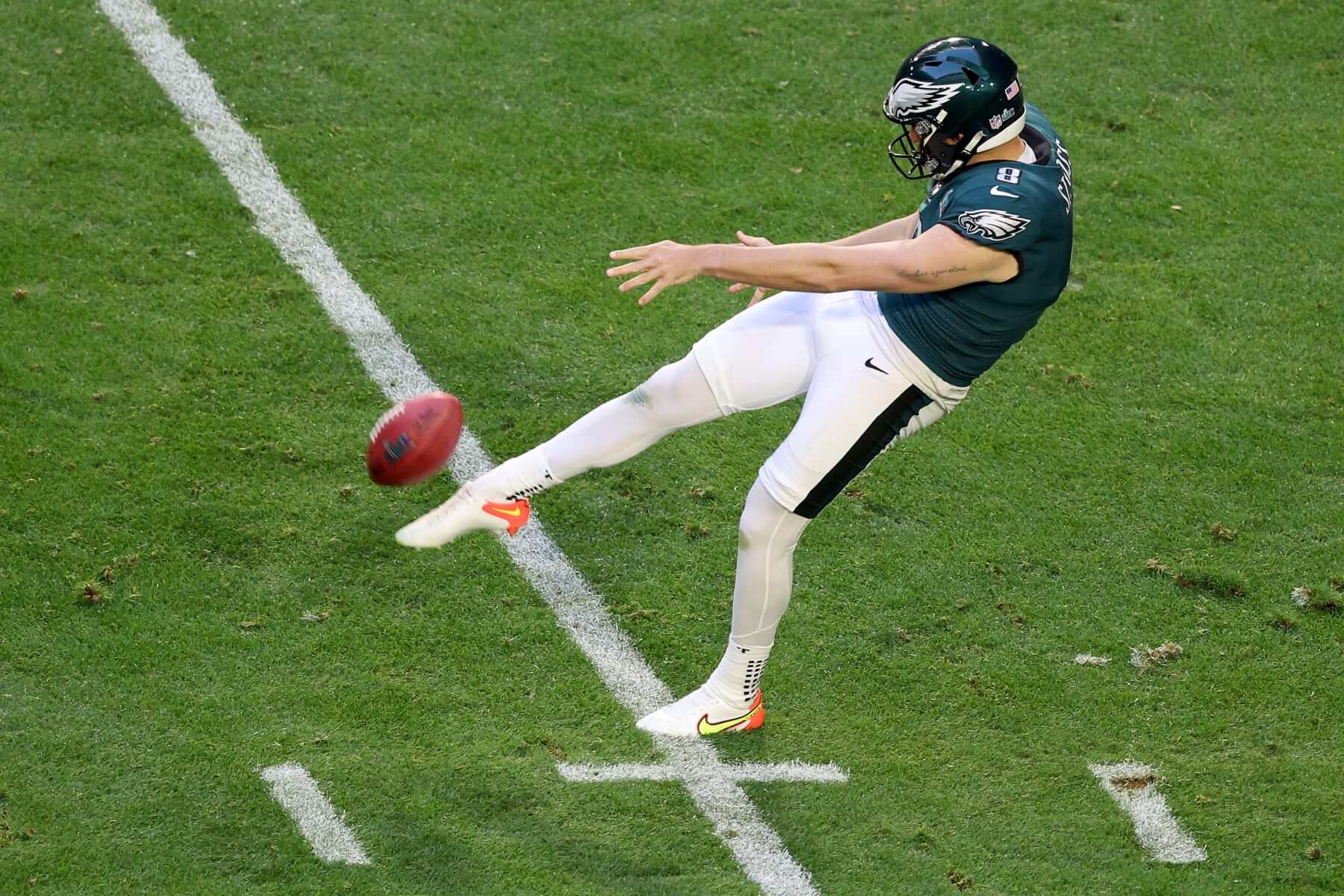
Punting is a skill that requires precision and practice.
Here are some common mistakes that punters should avoid:
- Lack of Hang Time: A good punt should have sufficient hang time to allow the coverage team to reach the returner. Punters should focus on achieving a balance between distance and hang time.
- Inconsistent Technique: Punters should strive for consistency in their technique to ensure accurate and effective punts. Inconsistent foot placement, drop position, or follow-through can lead to unpredictable results.
- Poor Decision-Making: Punters must make quick decisions based on the game situation. Making the wrong decision, such as attempting to punt in a high-risk situation instead of going for it on fourth down, can negatively impact the team’s overall performance.
Punters should continually work on their skills, seek feedback from coaches, and analyze their performances to improve and minimize these common mistakes.
Punting in Special Teams
Punting is a crucial aspect of special teams play in football. Special teams units, including the punting team and the punt return team, play a significant role in determining field position and can often swing the momentum of the game. Punters work closely with the coverage team to ensure that the punt is executed effectively and that the returner is tackled as quickly as possible. Coordination, communication, and timing are essential for a successful punt play.
In addition to punting, punters often serve as the holder for field goal and extra point attempts. The ability to hold the ball correctly and consistently is crucial for the success of the kicking team.
Punting Rules and Regulations

Like all aspects of football, punting is governed by rules and regulations to ensure fair play and player safety. These rules cover various aspects of punting, including fair catch rules, illegal touching, and penalties for roughing the kicker.
It is important for punters, coaches, and officials to have a comprehensive understanding of these rules to ensure that punts are executed within the parameters of the game.
The Future of Punting in Football
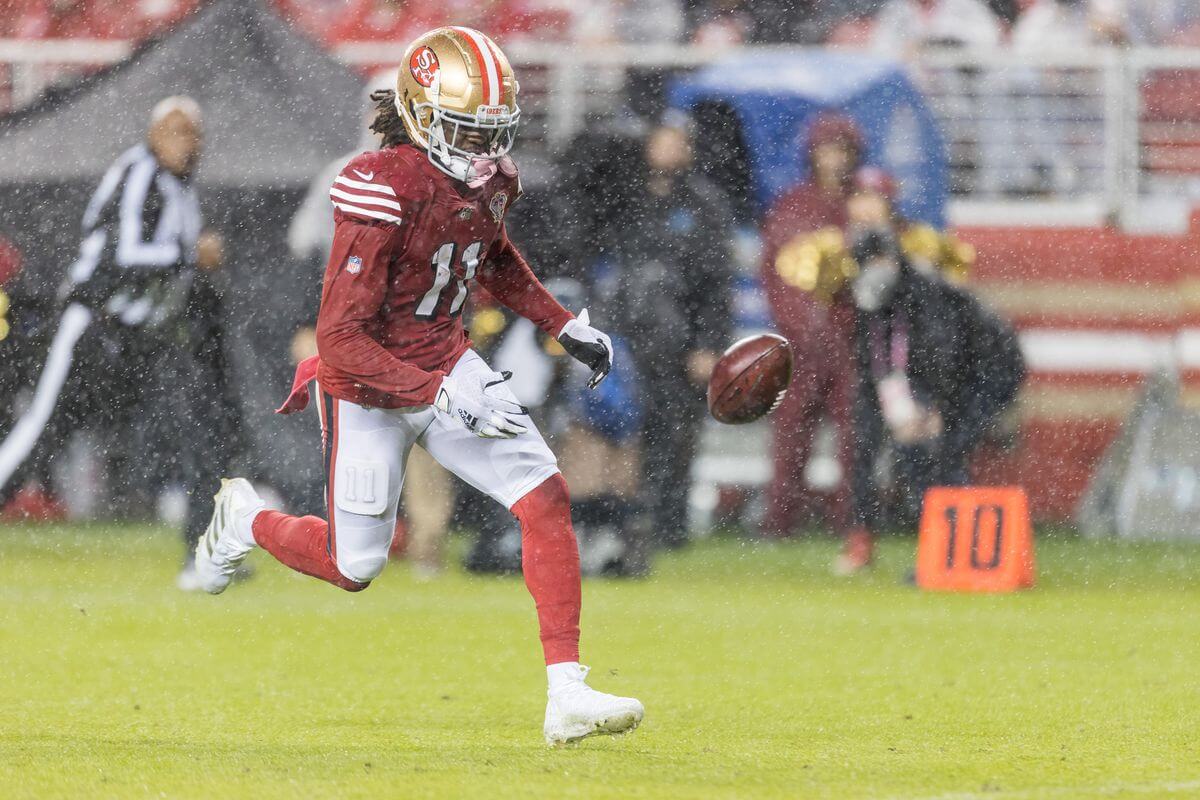
As the game of football continues to evolve, so does the role of punting. Innovations in technology, training techniques, and analytics are shaping the way punting is approached. Teams are utilizing data analysis to optimize punting strategies, such as pinpointing optimal angles, distances, and hang times for different game situations. Punters are also focusing on developing their skills and athleticism to become more versatile and impactful players.
The future of punting in football is likely to see continued advancements in technique, strategy, and player development. The importance of field position and the role of special teams will remain significant, making punting a critical aspect of the game.
In conclusion, punting is an essential element of football strategy and can have a significant impact on the outcome of a game. From technique to strategy, punters play a vital role in changing field position and setting up their team for success. By understanding the intricacies of punting, teams can maximize their chances of achieving their goals on the field.
Now that you have a comprehensive understanding of punting in football, you can appreciate the skill and strategy involved in this often-overlooked aspect of the game. So, the next time you see the punter take the field, remember the crucial role they play in shaping the outcome of the game.








